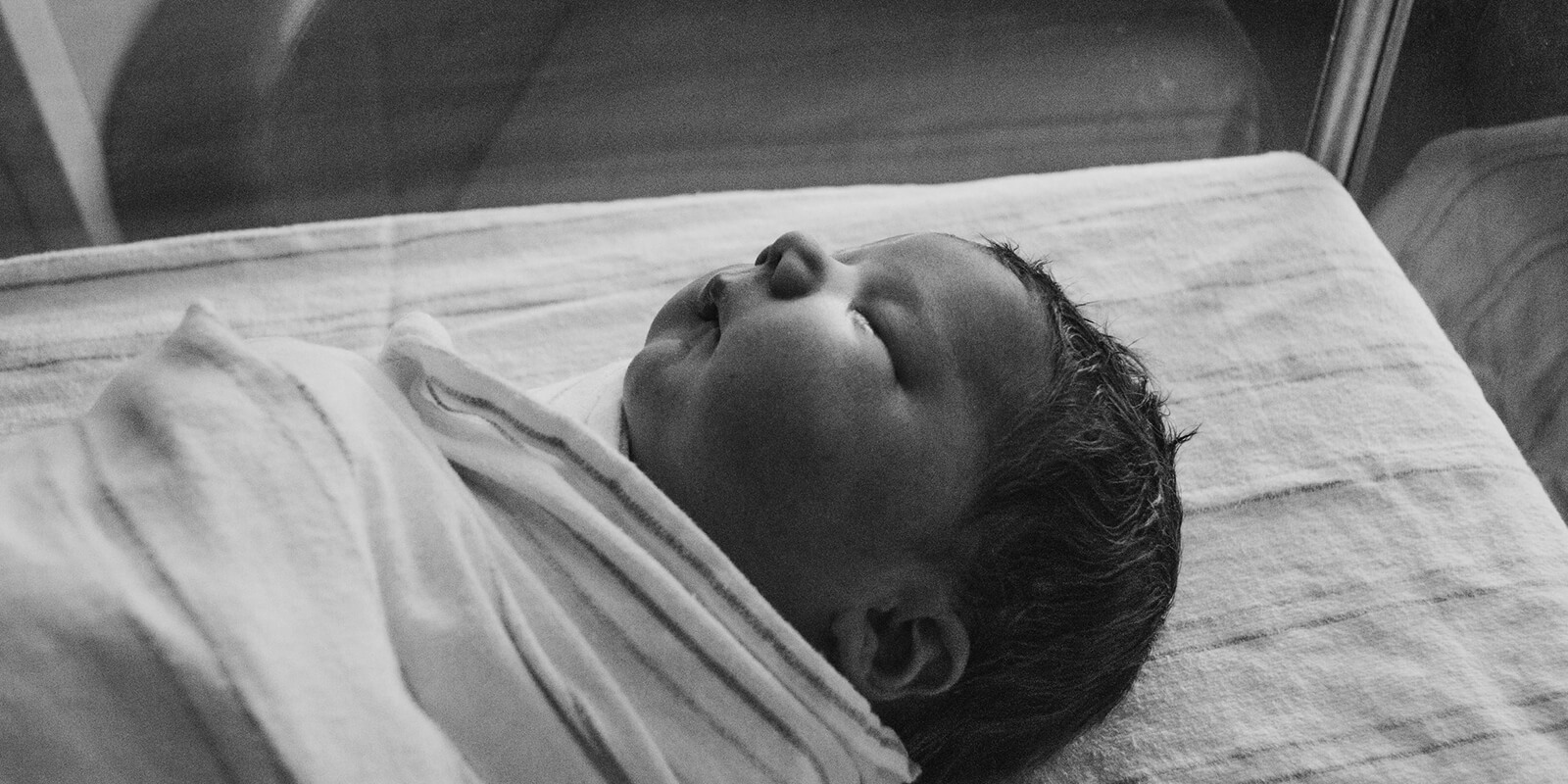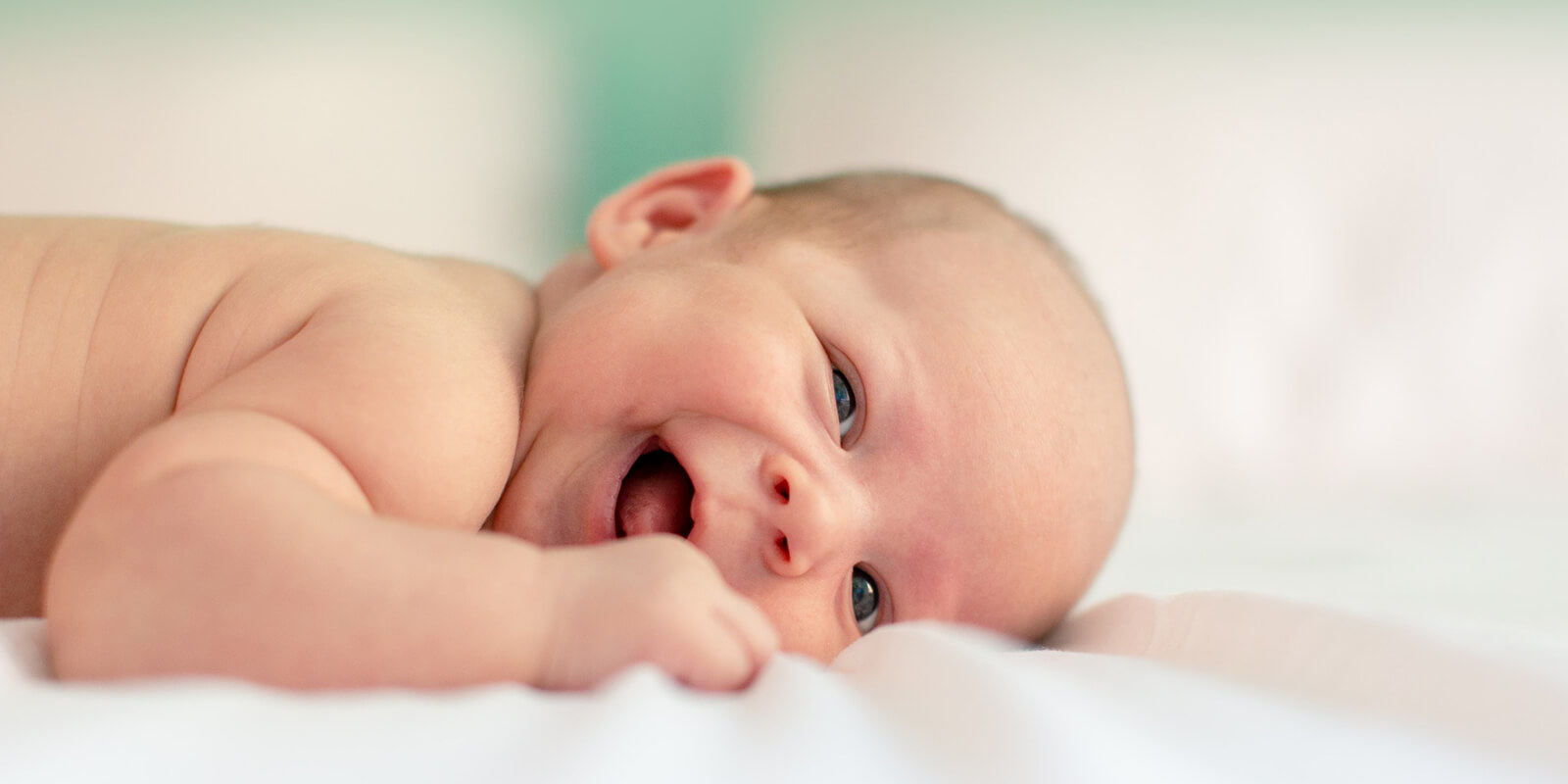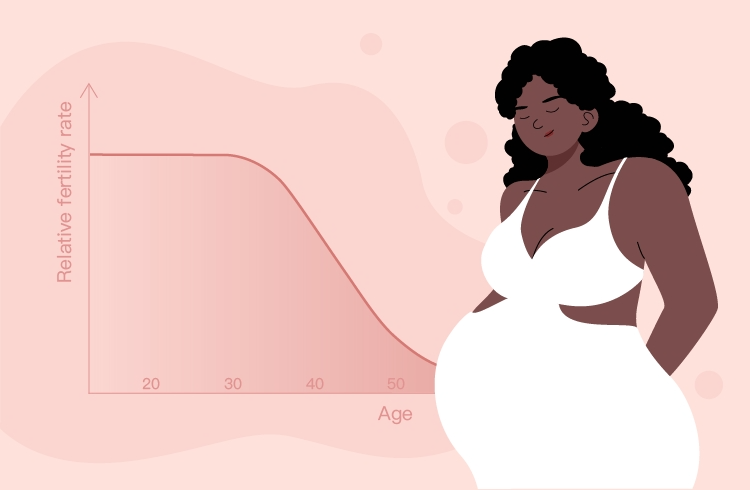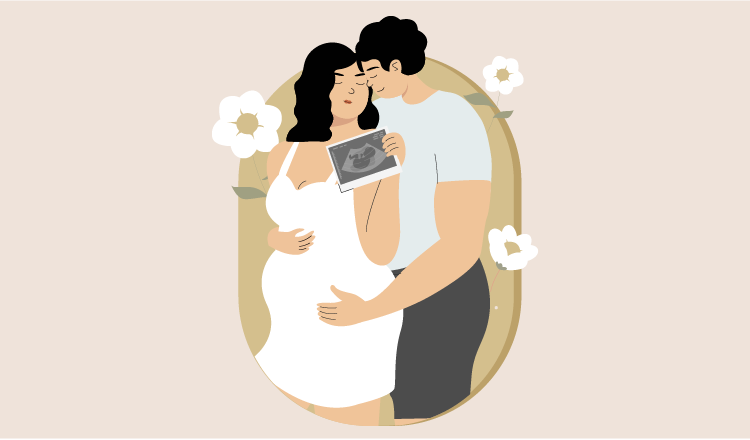Expectant parents around the world experience great delight and excitement as they await the miracle of childbirth. However, there might be worries about the possibility of birth abnormalities in addition to this joy. It is essential for parents-to-be to be aware of birth abnormalities and how common they are. Let's delve into this topic.
The Global Landscape of Birth Defects

Contrary to popular belief, birth defects are more common than you might think. Millions of infants worldwide are born every year with birth abnormalities of various kinds. Despite the staggering numbers, it's crucial to keep in mind that there are many different types and degrees of birth abnormalities.
The Influence of Birth Defects
Birth abnormalities have an impact that goes well beyond numbers. The affected people and their families may experience severe effects as a result of these irregularities. Two important components of this influence are as follows:
Birth defects can cause a wide range of problems, from mild to severe, and sadly even death in some cases. These difficulties may have an impact on a person's physical, intellectual, or emotional health and call for continuing medical attention and assistance.
Infant Diseases (Long-term): Some birth defects might result in lifelong chronic health disorders that need constant attention. Physical, mental, and financial challenges can result from this long-term effect on people and their families.
Types of Birth Defects

Birth defects cover a wide spectrum of disorders, each with specific traits and difficulties. While certain birth defects are visible at birth, others could not be discovered until later in childhood or even as an adult. For example, monthly irregularities in cycles and ovulation may occasionally be a sign of underlying health problems, such as particular kinds of birth malformations.
For early detection and intervention, it can be essential to pay attention to your menstrual cycle from a young age and swiftly seek medical assistance if you notice anomalies.
Signs and Symptoms of Birth Defects
Recognising the signs and symptoms of birth defects can significantly impact the help you can get for your child's health and wellbeing. Symptoms of defects may appear throughout pregnancy or soon after birth.
When pregnant:
Prenatal testing Prenatal screening procedures like ultrasound scans, amniocentesis, or blood testing can find some birth abnormalities. These examinations can offer crucial information about the health and growth of the unborn foetus, enabling early diagnosis and preparation.
Immediately following birth:
1. Quick Heartbeat:
Arrhythmia, commonly known as a rapid or irregular heartbeat, might indicate some heart abnormalities in neonates. Healthcare professionals must keep an eye out for and evaluate any cardiac rhythm abnormalities in infants.
2. Breathing Difficulties:
Breathing problems in newborns with respiratory birth abnormalities may occur soon after birth. This may show itself as laboured or fast breathing, flared nostrils, or the usage of supplementary breathing muscles.
3. Feeding Issues:
Feeding issues can result from birth abnormalities, particularly those that impair the mouth, throat, or digestive tract. Infants who have difficulty sucking, swallowing, or digesting milk may not gain enough weight.
4. Swelling:
Can happen in different areas of the body, such as the legs, the belly, or the area around the eyes, may be a sign of a birth abnormality. This may be due to fluid retention or impaired circulation.
5. Skin Colour Alterations:
Skin colour alterations, such as pale grey or bluish skin, can occur in newborns with heart or lung abnormalities. This bluish tint, called cyanosis, is brought on by low oxygen levels in the blood.
For early diagnosis and intervention, prompt identification of these symptoms and indicators is essential. It's crucial to get medical advice right away if you observe any of these symptoms in your infant. Early medical evaluation and treatment can significantly impact how birth abnormalities are managed and addressed, providing the best outcomes for your child's health and wellbeing.
What Causes Birth Defects?

Birth abnormalities can result from a variety of causes, and knowledge of these causes is crucial for proactive care and prevention. Let's look at some typical reasons for birth defects:
1. Genetic Modifications
Some birth abnormalities occur largely as a result of genetic causes. These alterations can happen naturally during conception and can be passed down from one or both parents. Genetic testing and counselling can assist, determine and estimate the risk of specific birth abnormalities that are genetically connected.
2. A Side Effect of Medication
Some medications, when taken during pregnancy, can increase the risk of birth defects. Pregnant women must discuss their prescription use with their healthcare practitioners in order to assess any potential dangers and, if necessary, look into safer alternatives.
3. Substance or Chemical Exposure:
Birth abnormalities can result from exposure to toxic substances or chemicals during pregnancy. This exposure may happen due to the use of recreational drugs, workplace dangers, or environmental contaminants. Birth abnormalities must be prevented at all costs by avoiding such exposures.
4. Pregnancy Complications:
Birth abnormalities may arise as a result of certain pregnancy conditions, including uncontrolled diabetes, maternal infections, or inadequate prenatal care. Reducing associated risks requires managing these issues through routine prenatal checkups and medical guidance.
5. Unknown Factors:
The actual reason for a congenital abnormality may not always be known. To better understand the causes of birth abnormalities and create preventive measures, researchers are still looking into and studying them.
Some birth abnormalities can be avoided by taking proactive measures to reduce risks during pregnancy. This includes leading a healthy lifestyle, getting regular prenatal care, talking to your doctor about your medication use, and avoiding exposure to dangerous substances. Prenatal screenings can help identify potential problems and provide effective interventions by providing early detection.
Is it possible to prevent or treat birth defects?
Parents-to-be frequently ponder if birth abnormalities may be prevented or properly addressed. While certain birth defects cannot be avoided, taking preventive measures can lower the likelihood of them happening and many can be treated to enhance a child's quality of life.
How to Avoid Birth Defects:

1. Plan Ahead:
Folic acid-containing prenatal vitamins should be taken daily before and during the first trimester of pregnancy to lower the chance of some neural tube abnormalities.
Regular prenatal visits with a medical practitioner guarantee that any potential problems are dealt with right away.
Related product: Myo & D-Chiro 40:1 Inositol for healthy egg growth and release
2. Avoid Harmful Substances:
Pregnant women should avoid using alcohol, tobacco, marijuana, and illegal drugs as these substances can raise the risk of birth abnormalities.
Maintain excellent hygiene and promptly seek medical assistance for illnesses to prevent infections.
To lower risks, avoid overheating, such as in hot tubs or saunas, and rapidly treat fevers.
3. Choose a Healthy Lifestyle:
Managing blood pressure and preserving ideal blood sugar levels are essential throughout pregnancy.
It is possible to lower the risk of some birth abnormalities by maintaining a healthy weight both before and throughout pregnancy.
4. Be Careful About Diseases and Medications:
Before taking any medications during pregnancy, speak with a healthcare professional because some of them can cause birth abnormalities.
Speak with a healthcare professional about the safety of immunisations before becoming pregnant.
How to Treat Birth Defects
The nature and severity of a birth abnormality determines the course of treatment. Treatment options include:
1. Surgery:
Surgical operations can often cure or enhance a variety of structural birth abnormalities.
2. Medicines:
Some birth abnormalities can be treated with drugs to reduce symptoms or halt the condition's development.
3. Assistive Devices:
Aids like orthopaedic braces, hearing aids, or prosthetic limbs can assist people with physical birth abnormalities enjoy happy lives.
4. Physical Therapy:
Children with specific birth abnormalities may benefit from physical therapy to increase their mobility and functionality.
5. Speech therapy:
Helps children with speech and language problems brought on by birth abnormalities.
For a treatment to be successful, early detection and action are essential. Birth abnormalities can be detected via prenatal screenings and routine paediatric checkups, allowing for prompt support and treatment.
This article is the original creation of Femometer. All rights reserved by Femometer Inc. To reproduce, distribute, or reference the content, please reach out to us in advance to prevent any potential legal issues. Copyright © Femometer Inc.










